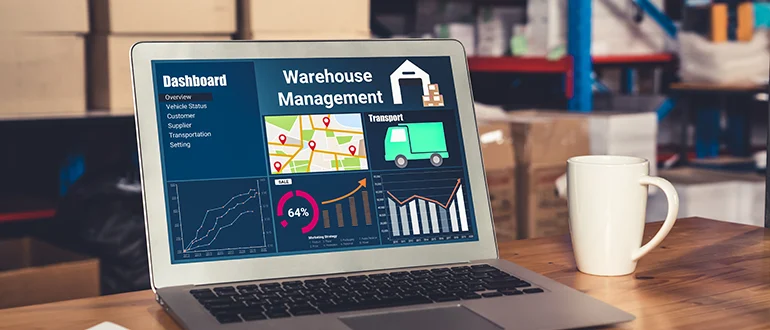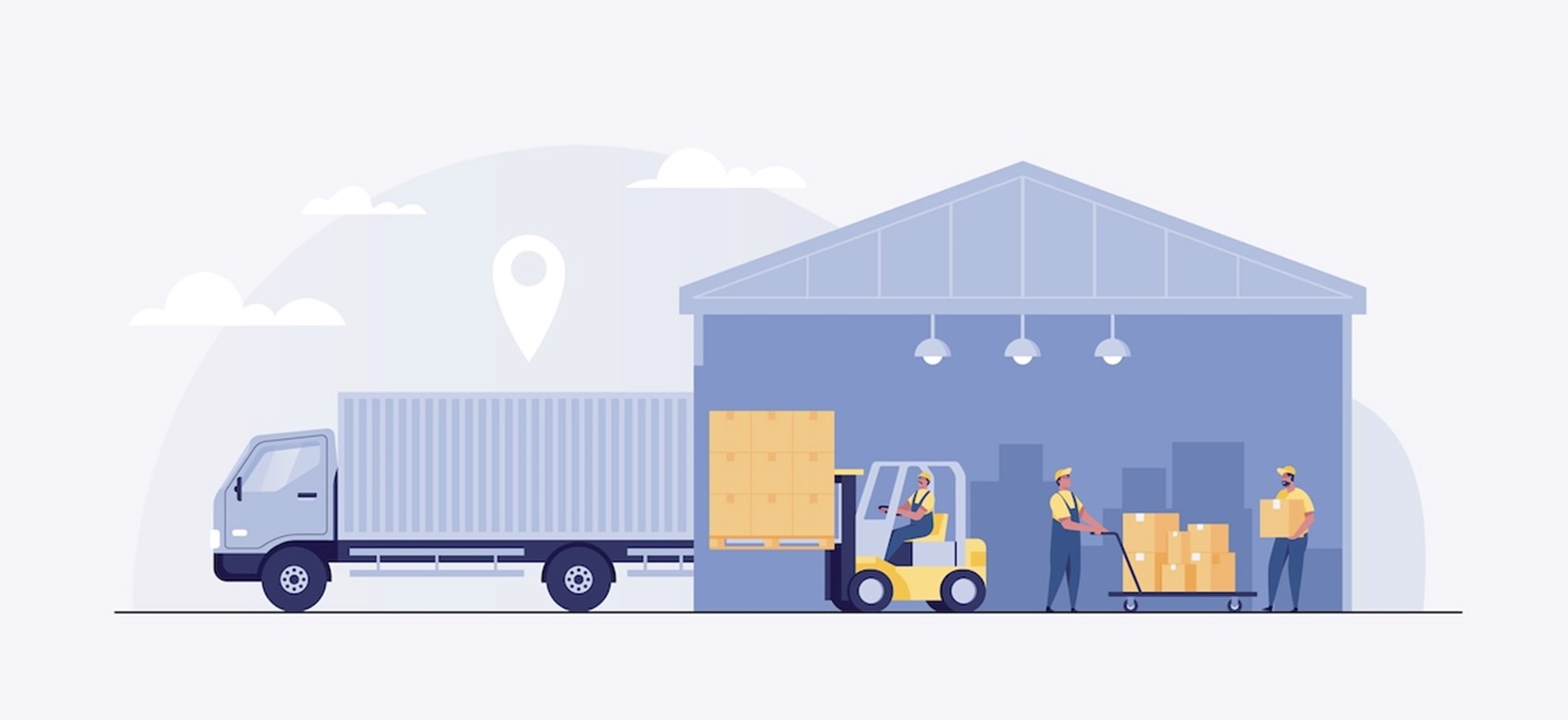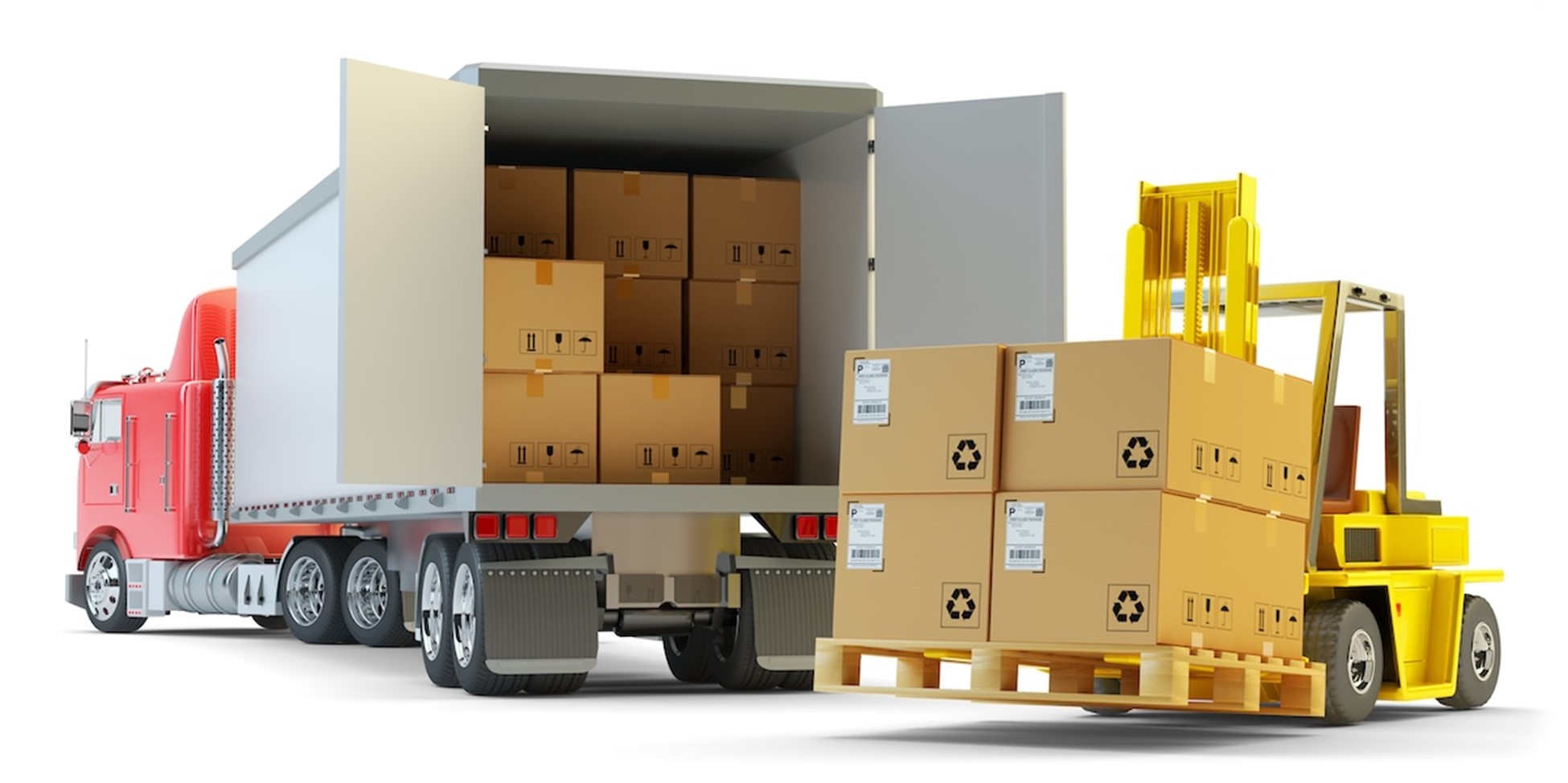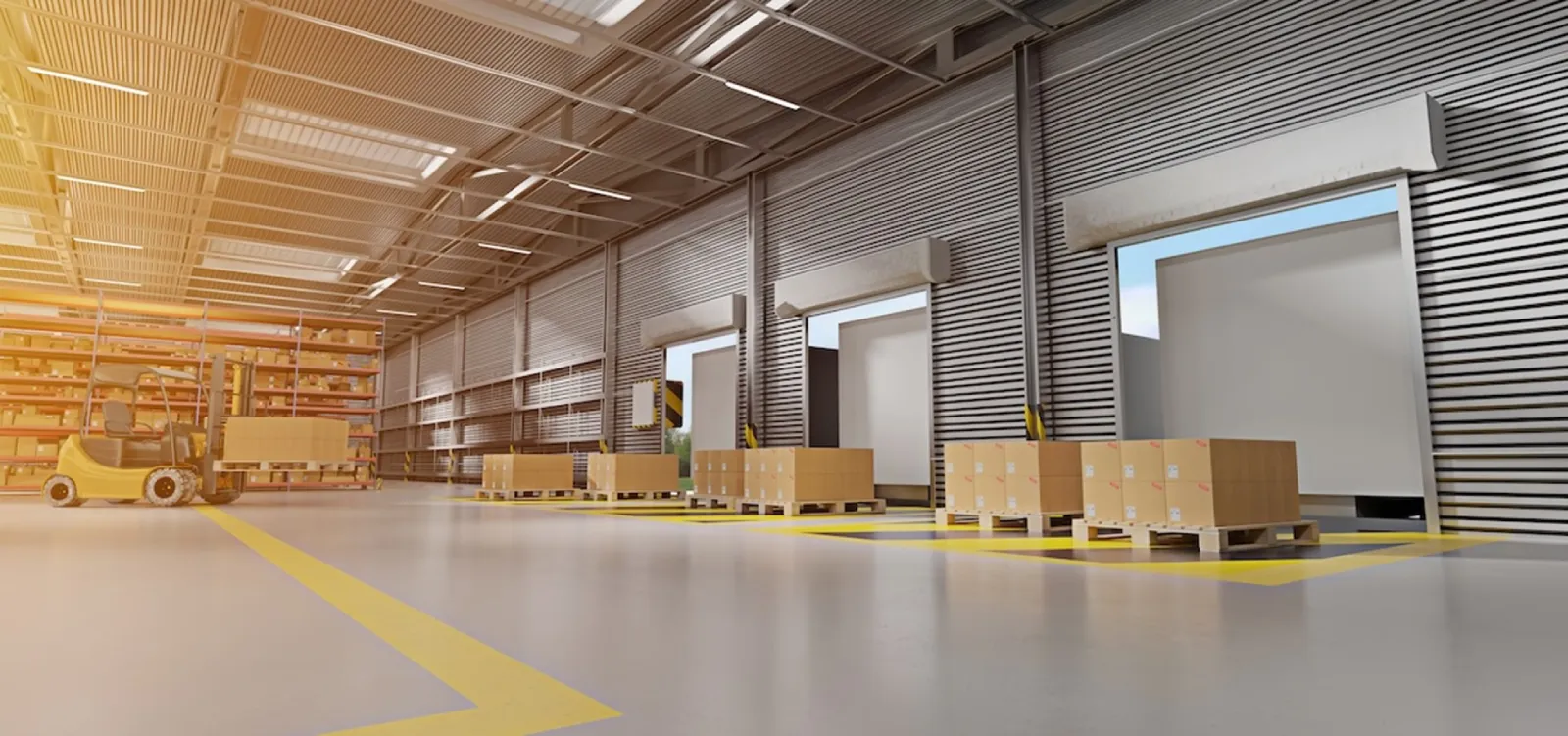In simple terms a Warehouse Management System (WMS) is a software application whose purpose is to control the daily operation of a warehouse. Essentially a WMS focuses on shipping, receiving, putaway and picking of materials and product. A Warehouse Management System could stand alone as a single application or it could also be part of a larger system. Some WMS software is so complex that companies will hire an entire staff dedicated to operating and maintaining the system.
How does Warehouse Management System (WMS) Works?
Although warehouse management systems may vary in the details of their product, most will have the same basic 6 characteristics.
- Receiving: The WMS streamlines the movement of received goods from the point of arrival to where they will be stored.
- Storage: This can include the manual or automatic allocation of products into specific locations within the warehouse.
- Organization: This is the allocation of the product after it has been received. This may mean clearing an entire section of the warehouse or even cross docking. Cross docking is a strategy where the goods are transferred directly after being received with little or no handling.
- Picking: The act of collecting the items of a specific order within the warehouse.
- Retrieval: Strategies for being able to retrieve products and materials from the warehouse.
- Delivery: Any process involved with the delivery of the product to the consumer; Packing, determining shipment costs and carriers, loading into trucks, etc.
- In addition to those basic characteristics, a warehouse management system is also a way to:
Manage clients and facilities all in one place. From the computer on your desk to your iPhone, you should be able to see and control what’s happening in your warehouse in real time. - Improve communication with employees and clients: Electronic Data Interchange (EDI) eliminates the need for antiquated data entry. When your WMS communicates by industry standard formats, information can be accessed by employees or clients on their own technology. The need to personally communicate every detail of the process is reduced, leaving more time to collaborate and innovate.
- Improve collaboration between clients and partners: Your warehouse management system can help you communicate with other systems to reduce errors and to find new and efficient ways of providing the products and services needed.
- Reduce employee training needs: The WMS process is automated and simplified so you don’t need to waste time and money with lengthy training sessions.
- Simplify reporting: Whatever your reporting needs, your system can provide them. Put in your parameters and the information you need comes out in easy to understand reports.
- Reduce and eliminate errors: The WMS can track your inventory and help you reduce ordering mistakes. You always know what’s in your warehouse and where to find it.
- Decrease the costs of labor: Labor is the top expense for the majority of businesses. When your processes are streamlined with a WMS, the need for frequent, tedious inventories, finding product lost somewhere in the warehouse, and expensive IT departments is reduced.
- Integrate third party carriers. You should be able to get shipping costs and print labels from your WMS. When your system talks to your carriers system, mistakes are eliminated. Tracking orders can be done on your own system.








